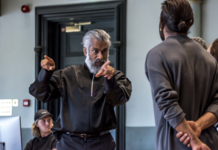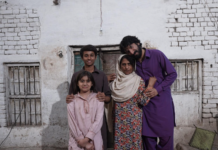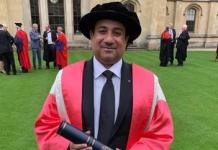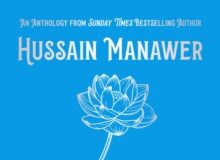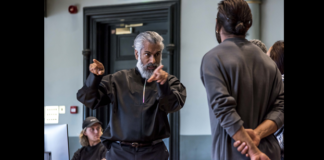“Proud to call it Home”
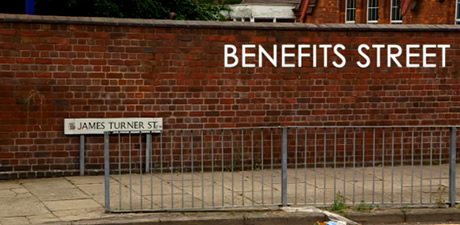
Misrepresentation, misleading and misguided are some of the words used to describe the anger that has been directed at the Channel 4 documentary ‘Benefits Street.’
More than five million viewers tuned in to see six residents from James Turner Street, Birmingham, grow drugs in their spare rooms, buying cigarettes and alcohol with the money given to them by the Government.
James Turner Street is just like any other street in the UK. Diverse, a mixture of colour and a blissful sense of community spirit all intertwine in a neighbourhood with many communal issues.
However, the issues which have been raised in programme, bring to the forefront problems which have previously been ignored by society long enough; the question of welfare.
It is all good for politicians to argue about the current situations of individuals on benefits; however, action needs to be taken on Britain’s social crisis.
Nevertheless, this may not be the case for everyone on James Turner Street. Statistically, James Turner Street has ninety-nine houses; the producers only chose six of those houses to film. Logically, you cannot brand the entire street based on the living habits of six families. Living habits, which include cannabis growing, using foul language and encouraging stealing. It is not a secret that these families exist; a let down by those they have chosen to help them with.
There are, obviously, families living, on the street, which have a perfectly good hardworking life. These decent, meticulously conscientious individuals are leading a very productive and healthy life.
One of these residing is the small family of Nadia and Asnar Mehmood who live on the renowned street. Both Nadia and Asnar are well-known for cooking food for neighbours and those that live in surrounding houses; having a mortgage, council tax, bills and the cost of food has not has not deterred them from doing this very humbling act, even though they may be fortunate enough to get any money left over at the end of the week.
Speaking on their conditions, Asnar said, “I had a car but it became too expensive to run. Now I cycle to work. Yes, I live on ‘Benefits Street’ but I am not selling drugs, I do not drink. I’m working and trying to look after my family.”
Nadia, 29, who had previously been employed in advertising but was made redundant last year, had decided to go back into education; whereas Asnar works part-time in a barber’s shop. She said, “We get child benefit and working tax credit but we’re entitled to it. It is stupid to talk about some people as being ‘on benefits’ and others not. Everybody got child benefit. Even the Queen probably got it.”
Having secured employment in these tough times, albeit part-time, Asnar is considered lucky; many are not. This includes couple Narinder and Kamaljeet Singh, who moved to the street 12 years, have found their pockets being increasingly squeezed after Narinder lost his job of 34 years; with the only incoming income being Kamaljeet’s part-time catering job.
Regardless of the negative images that have come from the programme; the street had come together to portray courage accusing programme makers of misleading them. However; creators have hit back with promising a live debate on what has surely become the opening of a long hearted debate.
Channel 4, Head of Factual said, ““This is a series which reflects the reality of day-to-day life for some of the residents of a single street who, for the most part, rely on benefits to survive. It does not and never has set out to reflect the experiences of every person who receives benefits yet it has triggered a national debate about state welfare at a time in which further welfare reforms are being proposed. We feel it is timely to provide a forum in which these issues can be raised and discussed.”
Shabana Mahmood, MP for Birmingham Ladywood and whose constituency James Turner Street comes under was horrified at the programme. Speaking to The Asian Today she said that the programme was a very poor reflection on how life was really like on James Turner Street. “There are 99 houses, more than 200 residents, on that street and the programme only showcases 6 houses. You need to be able to talk to everyone on James Turner Street before you can have an informed debate on welfare; but the programme makers did not want that. The programme makers have invited the whole country to draw conclusions and make assumptions about how the rest of the street live. I do not think that the programme comes any close to understanding how people on that street are struggling.”

